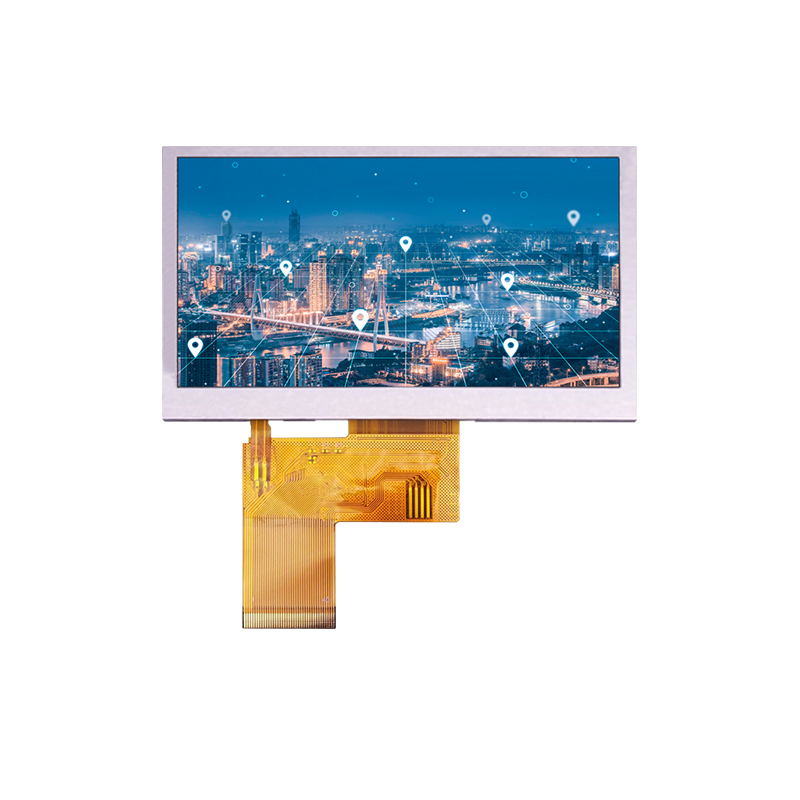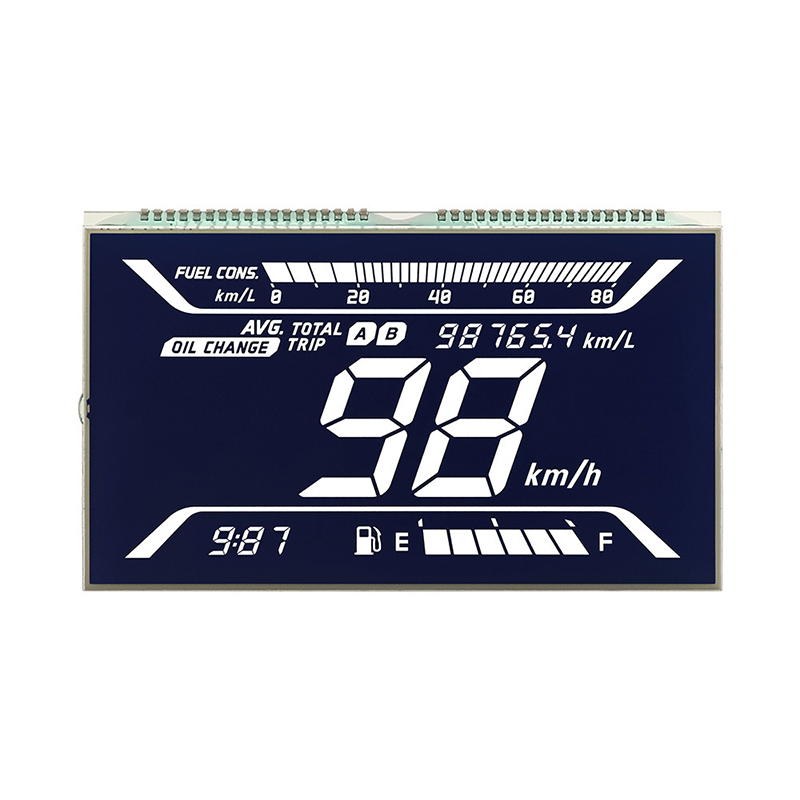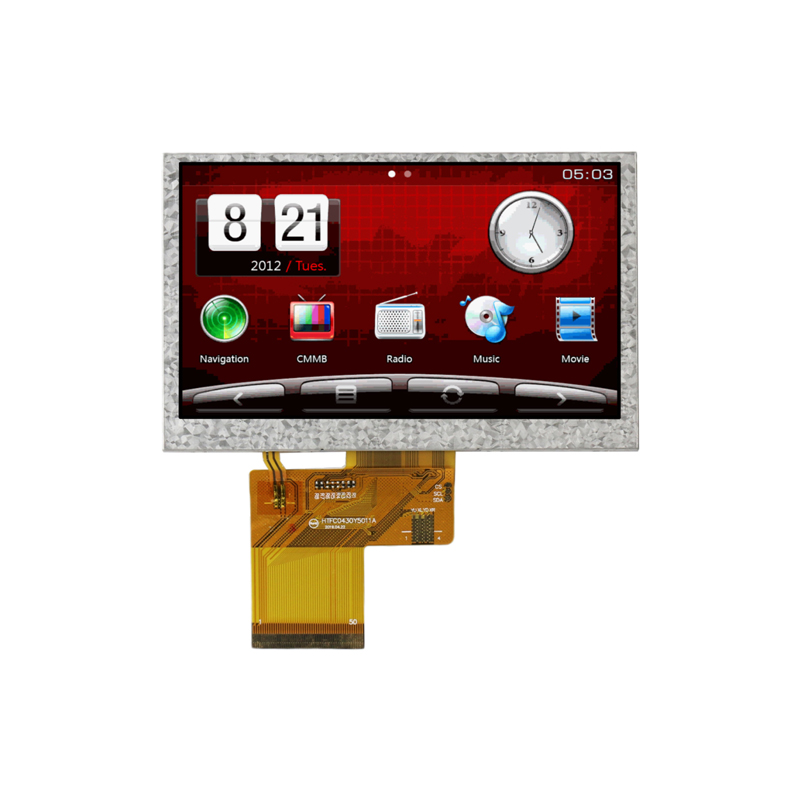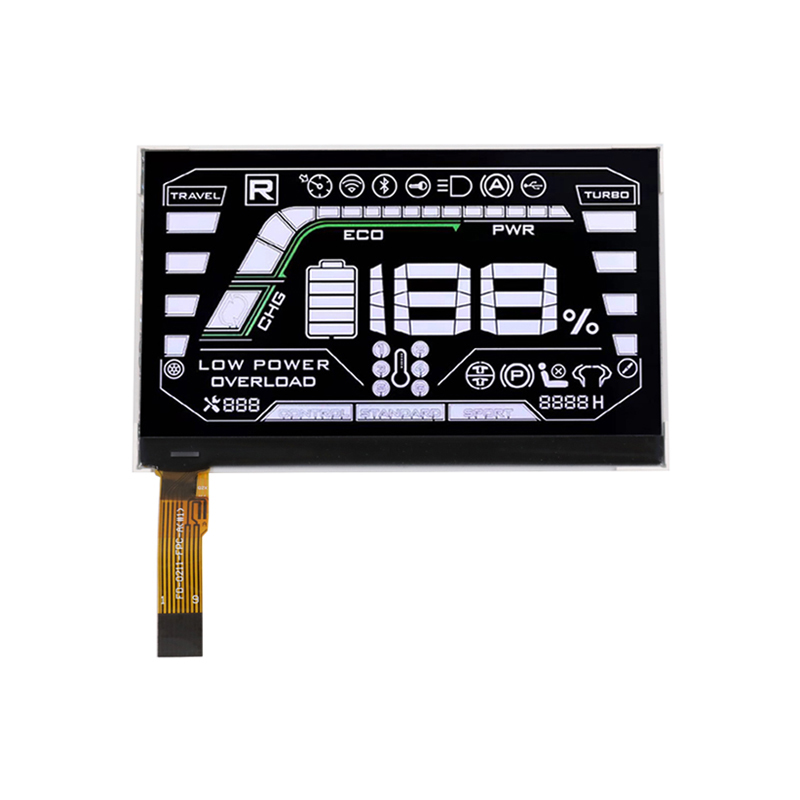
Efficient energy management is crucial in today's world. Whether you're aiming to reduce your carbon footprint, lower your utility bills, or optimize industrial processes, selecting the right energy meter is a key first step. This guide helps you navigate the diverse world of energy meters, equipping you with the knowledge to make an informed choice. We'll explore different types, functionalities, and considerations to ensure you find the perfect fit for your requirements.
The market offers a variety of energy meters, each designed for specific applications. Understanding the differences is vital for making the right selection.
These traditional energy meters use a rotating disc to measure energy consumption. They are relatively simple and inexpensive but lack the advanced features of digital meters. Their accuracy can also be affected by environmental factors.
Digital energy meters are far more prevalent today. They offer precise measurements, advanced features such as data logging and remote monitoring, and improved accuracy. They come in various types:
These are advanced digital meters capable of two-way communication, allowing for remote data retrieval and control. This enables utilities to implement smart grid technologies and offers consumers more granular control over their energy usage. Smart meters often provide real-time data and usage trends.
Ideal for non-invasive measurements, clamp meters are used to measure current without interrupting the circuit. They're particularly useful for troubleshooting and quick assessments of energy consumption in existing systems. Many models also measure voltage and power.
Selecting the right energy meter depends on your specific needs. Several key features warrant careful consideration.
The accuracy of the energy meter directly impacts the reliability of your energy consumption data. Look for meters with high accuracy ratings and certifications.
Modern energy meters often offer data logging capabilities. This allows you to track your energy consumption over time and identify areas for improvement. Consider the type of reporting offered – some meters provide basic readings, while others offer detailed reports and visualizations.
Some energy meters offer communication capabilities, enabling remote monitoring and data retrieval. Consider whether you require this functionality, and if so, the type of communication protocol supported (e.g., Wi-Fi, Ethernet, Modbus).
The initial cost of an energy meter varies depending on features and technology. Consider the potential return on investment (ROI) by factoring in potential energy savings and improved efficiency.
Energy meters find applications across various sectors:
Selecting the appropriate energy meter involves careful consideration of your specific needs and application. Factors such as accuracy, data logging capabilities, communication protocols, and cost should all be evaluated. By understanding the different types and features available, you can make an informed decision and optimize your energy management strategy.
| Feature | Mechanical Meter | Digital Meter | Smart Meter |
|---|---|---|---|
| Accuracy | Lower | Higher | Highest |
| Cost | Lower | Medium | Higher |
| Data Logging | No | Yes | Yes, often with remote access |
For more information on advanced display solutions, consider visiting Dalian Eastern Display Co., Ltd.












